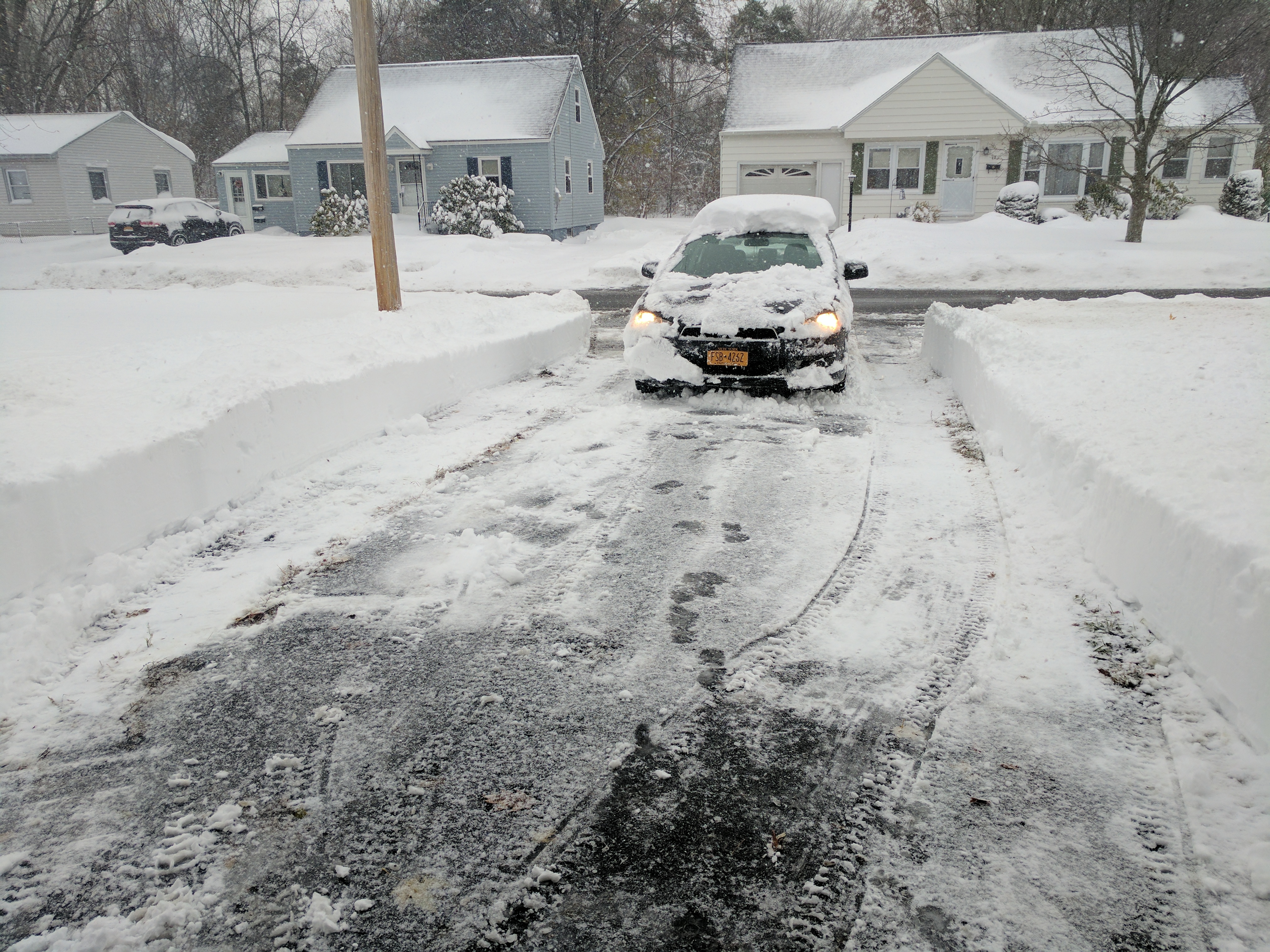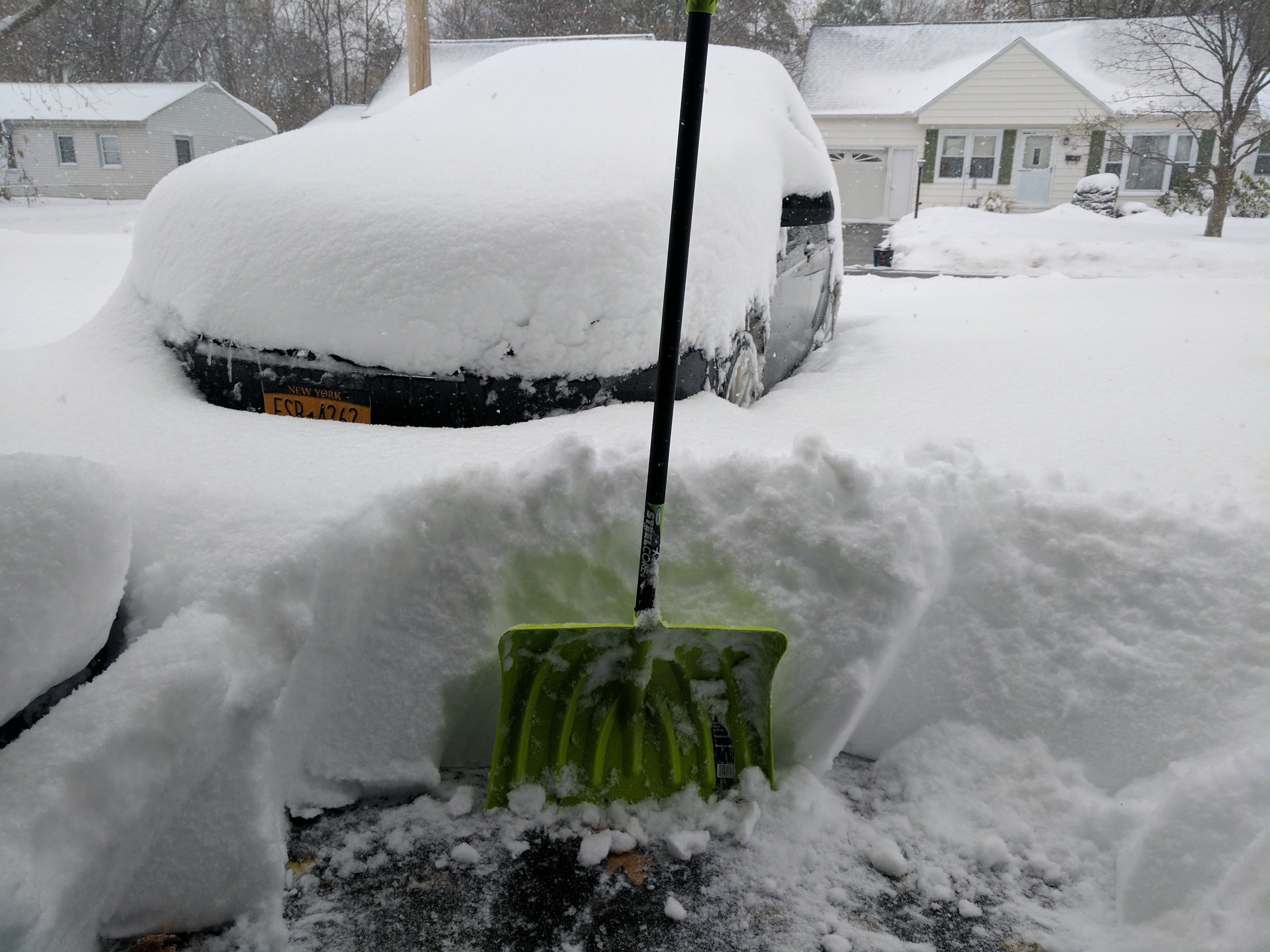Started off 30 minutes into the new year by hitting black ice and completely annihilating my favorite car. Thankfully safe but Eris didn’t make it.
Now for the DDoS fun…
Leave a legacy.
Started off 30 minutes into the new year by hitting black ice and completely annihilating my favorite car. Thankfully safe but Eris didn’t make it.
Now for the DDoS fun…


When I got all this data logged and running, I wanted an easier way to show data than spreadsheets or queries. The end goal was actual graphs to show trends and what not. Introducing “phpgraphlib”. This is an open source piece of code built to implement charts/graphs into webpages with ease. This took a bit of work, but here’s the idea behind it:
Continue reading “Arduino Wireless Logging, Post Four: The Graphs”
Here’s where things started to get a little more complex. At this point, I have a wireless system to transmit data from multiple nodes to a central hub (node0) which collects and shows the data via serial connection.
The general idea/goal is this:
Continue reading “Arduino Wireless Logging, Post Three: Mysql, PHP, and a little networking”
This is the second part of the series for my Arduino wireless project I’ve been working on for a couple weeks now. You can start reading from the first post: https://aasullivan.com/?p=1146.
We have the idea, now we have to build it. I have three Arduinos set up at this point in this manner:
This layout will allow me to test from a couple devices to make sure the layout of the node IDs will work properly and be read properly as well. I ran into my first set of issues at this point: I can only read one Arduino at a time off Serial from the IDE, so went and imaged an older Dell D630 to handle the receiving end of things to troubleshoot the payload issues I ran into. Continue reading “Arduino Wireless Logging, Post Two: The Design”
I’ve had a number Arduino systems for some time now along with a large number of RF24 wireless modules and DHT11 humidity/temperature sensors. The idea I’ve had for some time is this:
Simple right? Wrong.
Continue reading “Arduino Wireless Logging, Post One: The Idea”
Lately I’ve been engrossed in a project to add some monitoring to my home. This includes temperature and humidity readings, along with monitoring for windows and doors eventually. This will be built almost entirely using Arduinos wherever possible.
The Goal:
To have a remotely viewable home dashboard to monitoring the house
The Plan:
Use Arduinos and cheap parts from Amazon to build this and code myself
At this point, I’ve built some of the systems but greatly need to expand upon this. More updates to (hopefully) come!
Had the idea in my head for a while now about doing a fileserver build to put all my media in one place. This includes years of movies, music and TV shows along with about 100GB of music rips. The goals of this were pretty simple:
At this point, I had some extra components lying around and got a sweet deal on an ASUS 990X motherboard and a set of 6 hard drives. Let’s get to the specs:
Continue reading “Latest Computer build: RAID fileserver and media center”
So I’ve been working with this project off and on, mainly off due to time constraints with a new work shift/promotion. I’ve split the logs and dashboard readouts to allow for easier pulling of individual data. What this allowed me to do was to couple this with WordPress using iFrame to load the individual pieces. I then set up multiple pages for each PHP document to allow the refreshes to work normally. I’ve build and gotten a working version of a single ping test, so that’s off the checklist. My next goal is to build a queue of sorts to pull information from for a polling cycle depending on type of test, then run the tests I want. I’m starting with ICMP, but hope to go for basic SNMP once this works out. Stay tuned as always!
Been debating on how to keep an eye on my home network and decided to take a swing at getting a monitoring system built from scratch to build my coding skills more. General idea:
At this point, I’ve gotten a basic running version of this on a dedicated Linux system (Ubuntu 12.04LTS with a LAMP install). It’s extremely fast and runs every 5 minutes out of a cron entry. I’ve gotten most of the items done:
I’ve also gone and tested a few of the devices, unplugging them and what not and still show up without issue. Mind you, this is a dirty way to show this information and needs cleaning, but it works. Next goals are to clean up the dashboard a bit, maybe add a search tool in the near future and some color logging to note the bad devices. Who knows, maybe a ticket system in the future? Stay tuned as always!